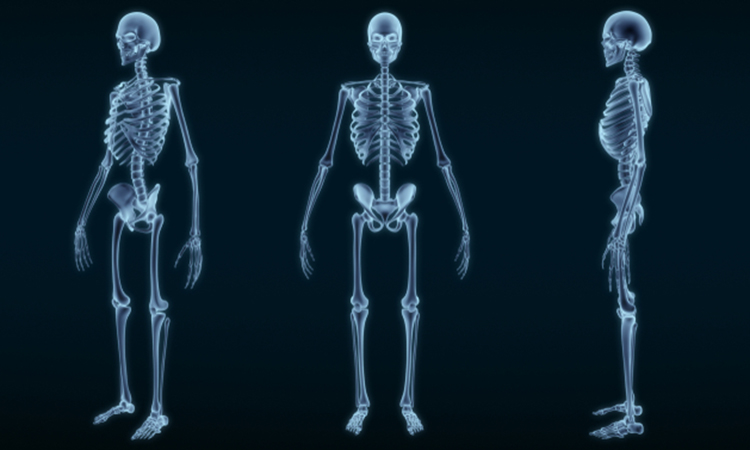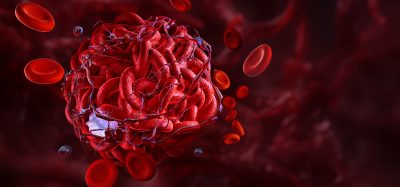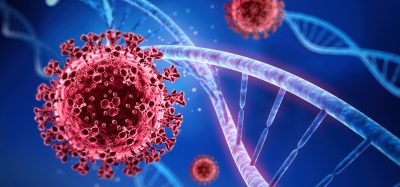Genetic profile of skeleton osteocytes mapped for first time
Posted: 6 May 2021 | Victoria Rees (Drug Target Review) | No comments yet
Researchers have revealed which genes are switched on or off in osteocytes, a bone cell found in the skeleton.


Research led by the Garvan Institute of Medical Research, Australia, has for the first time mapped the unique genetic profile of the skeleton’s master regulator cells, known as osteocytes.
The study outlines the genes that are switched on or off in osteocytes, a type of bone cell that controls how other types of cells make or break down parts of the skeleton to maintain strong and healthy bones.
“This new information provides a kind of genetic shortlist we can look to when diagnosing bone diseases that have a genetic component,” said the study’s first author Dr Scott Youlten. “Identifying this unique genetic pattern will also help us find new therapies for bone disease and better understand the impacts of current therapies on the skeleton.”
According to the team, osteocytes are the most abundant cell type in bone but have proved difficult to study because they are embedded within the hard mineral structure of the skeleton. Inside the bone, osteocytes form a network similar in scale and complexity to the neurons in the brain (with over 23 trillion connections between 42 billion osteocytes) that monitors bone health and responds to ageing and damage by signalling other cells to build more bone or break down old bone. Diseases such as osteoporosis and rare genetic skeletal disorders arise from an imbalance in these processes.
To understand what genes are involved in controlling bone build-up or breakdown, the researchers isolated bone samples from different skeletal sites of experimental models to measure the average gene activity in osteocytes. Through this, they mapped a comprehensive osteocyte ‘signature’ of 1,239 genes that are switched on in osteocytes and that distinguish them from other cells. Seventy-seven percent of these genes have no previously known role in the skeleton and many were completely novel and only found in these critical cells.
“Many of the genes we saw enriched in osteocytes are also found in neurons, which is interesting given these cells share similar physical characteristics and may suggest they are more closely related than we previously thought,” said Youlten. “Mapping the osteocyte transcriptome could help clinicians and researchers more easily establish whether a rare bone disease has a genetic cause, by looking through the ‘shortlist’ of genes known to play an active role in controlling the skeleton.”
“The majority of genes that we have found to be active within osteocytes had no previously known role in bones. This discovery will help us understand what controls the skeleton, which genes are important in rare and common skeletal diseases and help us identify new treatments that can stop development of bone disease and also restore lost bone,” said co-senior author Professor Peter Croucher.
The findings are published in Nature Communications.
Related topics
Disease Research, Genetic Analysis, Genomics, Molecular Targets, RNAs
Related conditions
Osteoporosis
Related organisations
Garvan Institute of Medical Research
Related people
Dr Scott Youlten, Professor Peter Croucher








